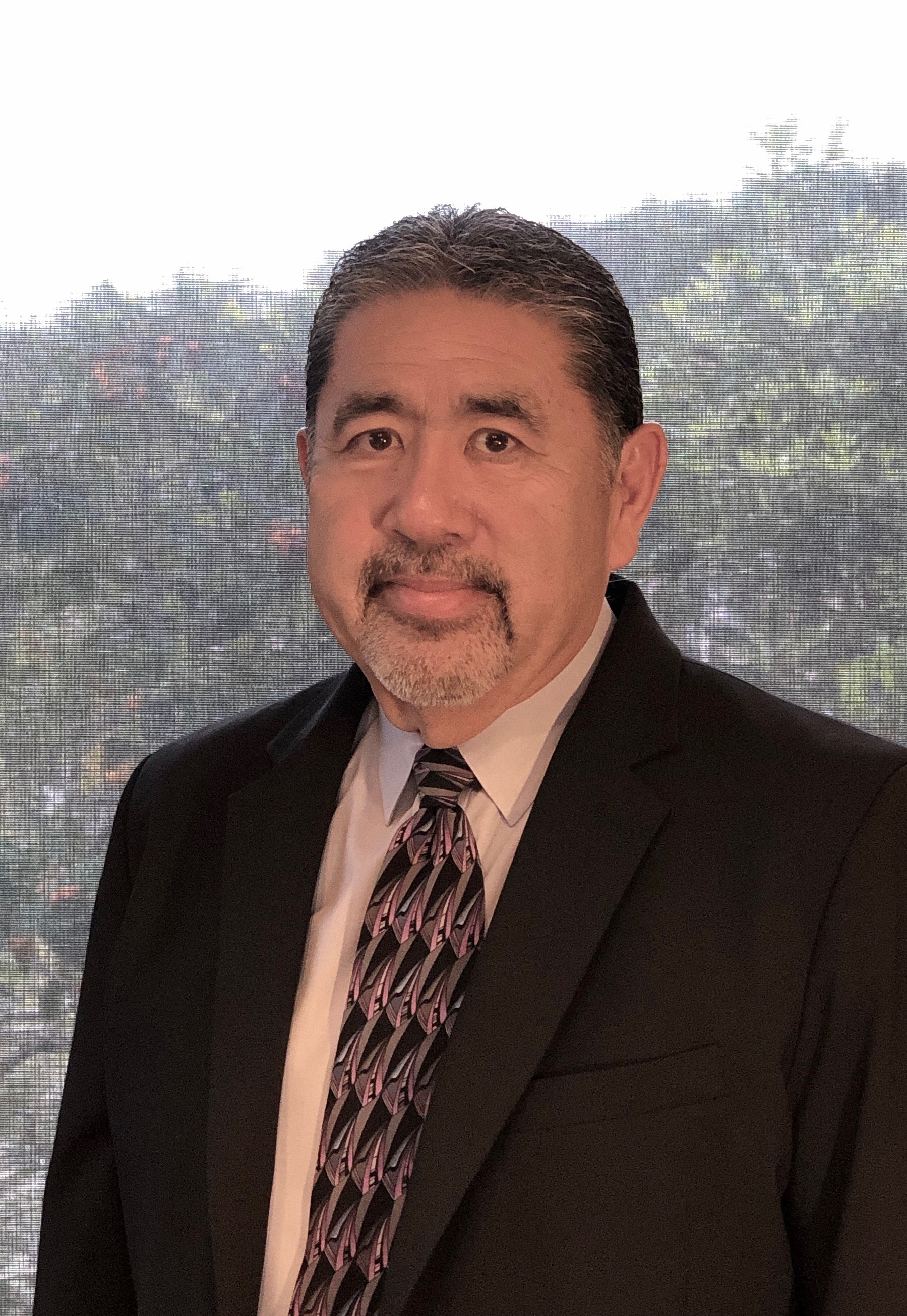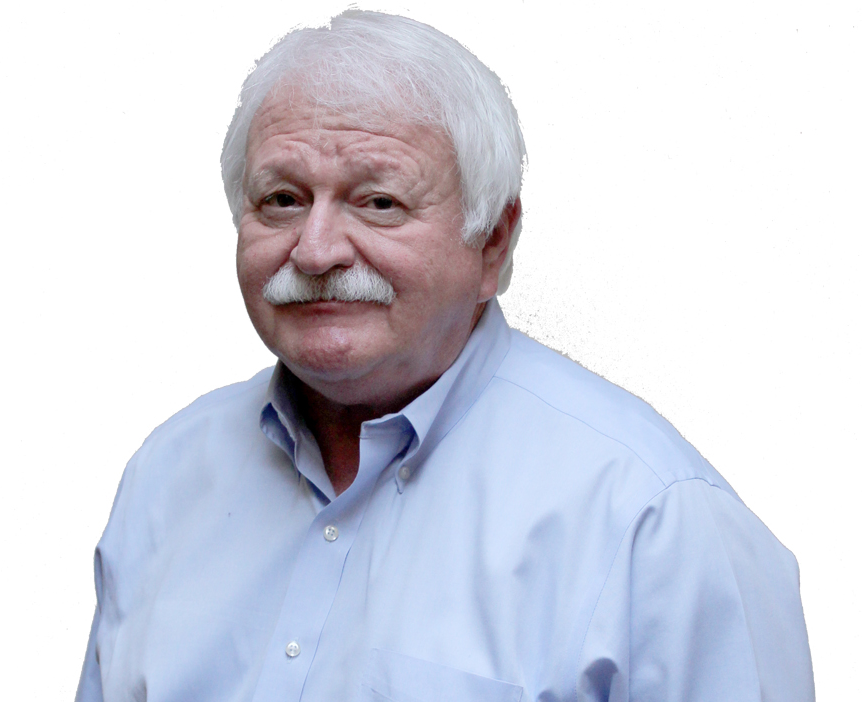Octavius Morgan Distinguished Service Award Recipients: 2018
Named after the first president of the California Architects Board, the Octavius Morgan Distinguished Service Award recognizes individuals who have over the years significantly contributed to the Board’s mission through their volunteerism. The Board annually selects award recipients. Nominations are accepted from Board members and staff.
The Board relies on volunteers to assist in developing the California Supplemental Examination (CSE) and to serve on many of its committees. Here are the 2018 honorees:
Robert Kitamura
San Luis Obispo
Robert Kitamura is in the business of helping people enjoy life. Whether it’s shopping, dining, attending class or just plopping down on the
couch to watch a movie, Kitamura’s architectural talents arguably contributed to the comfort of thousands on the central coast of California
with many more to come. The product is the building, but the process is really about the people,
said Kitamura.
After graduating from California Polytechnic State University, San Luis Obispo (Cal Poly) in 1975, Kitamura worked for his classmates at an
architectural firm in San Luis Obispo. Eventually, he owned his own business designing homes and buildings while obtaining his master’s degree
in science at Cal Poly. Kitamura continued his Mustang legacy as an architect lecturer from 1978 to 1993. In the 1990s, he embraced a new world full
of artificial intelligence. He stressed the importance of health, safety, and welfare to his students. The design is important because it’ll
be there for years. Decades, maybe a hundred years. Like it is in Europe, but at the same time, people have to be able to use that building and enjoy
that building,
said Kitamura.

School administrators soon came to appreciate Kitamura’s talented dedication and appointed him the University Architect Executive Director of
Facilities Planning for capital projects in 1993. Kitamura was one of the top designers for Cal Poly's Master Plan. This 20-year vision became the
enjoyment of thousands of students and faculty including recent math graduate, Julia Gladding. The Warren J. Baker Center for Science and Mathematics,
opened in 2013, was Gladding’s go-to place for studying. She said Kitamura’s design brought her great joy during the stresses of college.
My favorite aspect about Baker was how bright and beautiful it was inside,
said Gladding. As a campus tour guide, Gladding brought prospective
students to Kitamura’s Baker building. I always ended my tours by showing people the breathtaking views of San Luis Obispo from the sunny
terraces,
Gladding said. Kitamura also designed new housing on campus and a $300 million food and retail center. With these new spaces,
Kitamura’s hope was to provide a sense of familiarity for students.
Kitamura’s uncle, Fred Hifumi inspired him. Hifumi was an architect from Southern California and served on the California Architects Board (CAB) as a subject matter expert for its supplemental exam when it was in oral format. He motivated Kitamura to follow in his footsteps.
As a teacher, Kitamura said he wanted to support his students beyond their graduation, so he joined CAB in 1980. He was a grader for the graphical
division for the National Council of Architectural Registration Boards’ Architect Registration Examination. Kitamura assisted in writing
development and grading of the California Architect Licensing Examination in the late 1980s. By 1996, he served as Commissioner for the California
Supplemental Examination. In 2002 and 2008, he served on the Master Commissioner Review Committee and held the position of Master Commissioner from
2009 to 2010. l was training them and raising them up to be architects and the exam was sort of the culmination point and that process, I thought,
was important to be a part of
said Kitamura. He contributed more than 800 hours of his own time and donated his travel expenses to further
CAB’s mission to protect public health, safety, and welfare. Kitamura says he more than enjoys his service to the board. He is currently
serving a long-term position as a subject matter expert and says he hopes his input will assure accountability to those seeking and retaining an
architect license in California.
Giving back to his profession is vital to Kitamura. He encourages future architects to do the same. To Kitamura, architecture goes beyond designing,
understanding seismic protection, time frames, and costs. It’s all about the people you’re designing for…you have the clients
who have a dream…and you bring that dream into reality…creating environments that people enjoy,
Kitamura said.
Now semi-retired, Kitamura is designing smaller-scale projects, but still lives by his mantra of creating happy places for everyone to appreciate.
Barry N. Williams
Fairfield
It started with a childhood dream, designing and constructing buildings, that pushed Barry N. Williams to fulfill a life-long goal as an architect. Aspiring to make the world a better place to live, he graduated from the University of California, Berkeley in 1968 and became a civil engineering officer for the U.S. Air Force. After a few years practicing architecture and construction, he received his Ohio architect license in 1974. A year later, he brought his ambitious talents to California.

In California, challenging projects energized Williams’ already enthusiastic take on life and career. Sticking to his principals as a
professional, Williams treats his job as an ever-evolving art that makes a significant impact on human life. I like the learning process, the fact
that it’s a profession where you’re constantly learning something new,
said Williams.
Williams’ military experience led to a large-scale gig as construction manager for the David Grant Medical Center at Travis Air Force Base in Fairfield, California. His resume also includes being a general services administration staff member for the 1993 construction of the Federal building in Oakland, California and the construction manager/design architect for The Vineyard Surface Water Treatment Plant in South Sacramento, California. The water treatment project received the US Leadership in Energy and Environmental Design gold certification from 1993–2011. Williams continued serving with the US Air Force reserves until 2003. He is currently working for Brown and Caldwell consulting firm as an architect.
Williams has spent the past 32 years and nearly 1,000 hours as a volunteer for the California Architects Board (CAB). He conducted oral licensing
exams from 1993 to 2010, holding prospective licensees to the highest standards. I put candidates on notice as doing the best they could to learn
and apply their professional skills, because it affects the health and welfare of other people,
Williams said. He also served as an architect
consultant for CAB from 2008 to 2017. He championed the value of consumer protection and held licensees accountable for following through with proper
building codes and executing solid designs. Williams remains a long-term subject matter expert for CAB addressing current and future needs for
licensing.
Williams, 73-years old, experienced some of the most pivotal changes in architecture during his career with technology front and center. As a
younger guy, I started with a parallel bar and a ‘T-square’ to draw buildings and as an older guy, I now use the Revit Autodesk
software…that was a real enjoyable and frustrating experience all at the same time,
exclaimed Williams. As a member of the Brown and
Caldwell staff, Williams undertook several new sustainable projects much like The Vineyard Surface Water Treatment Plant in South Sacramento. This
includes an energy recovery center in Roseville, California, a water pipeline and pumping system in San Diego, California, and a water pumping station
in San Bruno, California. He received the Federal Energy and Water Management Award and the General Services Administration Energy and Water award in
1994 for his successful contributions in creating energy-conscious and water-conserving systems included in the construction of Oakland Federal
Building. Williams continues to support California’s ambitious goal to attain 100 percent clean energy and clean water as a member of the Brown
and Caldwell architecture staff. We all understand that things are changing, and if we are to be part of that change, we need to change it for the
best,
Williams said.
Williams strongly encourages anyone interested in practicing architecture to tenaciously pursue that dream and not give up…it’s
realizing dreams in a physical form, creating a dream that becomes physical, which is a building,
said Williams.
